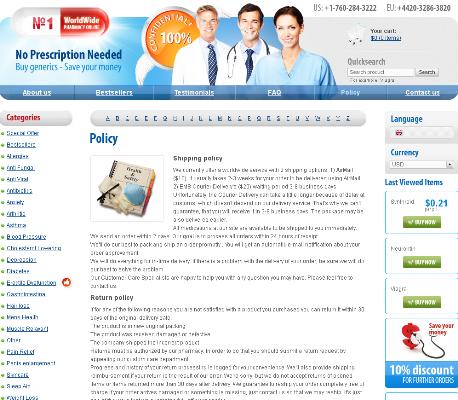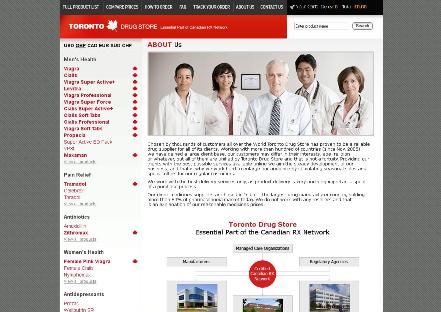Understanding Multi-drug Resistant Tuberculosis (mdr-tb)
Multi-drug resistant tuberculosis (MDR-TB) is a formidable public health challenge, characterized by resistance to at least isoniazid and rifampicin—the two most potent TB drugs. This resistance emerges due to various factors, including improper or incomplete treatment regimens and the natural selection process of Mycobacterium tuberculosis that becomes resilient over time. With over half a million reported cases globally each year, MDR-TB necessitates aggressive and novel treatment strategies.
Understanding the complexity of MDR-TB requires a look at the genetic mutations in the TB bacterium that enable it to withstand conventional therapies. These mutations often result in longer treatment durations, increased side effects, and higher healthcare costs. Tackling this evolved pathogen calls for a multi-faceted approach involving advanced diagnostics, patient adherence to treatment protocols, and the utilization of specialized drugs.
The global burden of MDR-TB places immense pressure on healthcare systems, particularly in regions with limited resources. It's a ticking time bomb that threatens to reverse the gains made in TB control over the past decades. To effectively combat this menace, continuous research, enhanced drug regimens, and international collaboration are essential.
| Factor | Impact on MDR-TB |
|---|---|
| Genetic Mutations | Increased resistance to standard drugs |
| Improper Treatment | Higher likelihood of developing resistant strains |
| Healthcare Costs | Significant rise due to longer and complex treatments |
Rifadin: a Potent Weapon Against Mdr-tb

In the battle against multi-drug resistant tuberculosis (MDR-TB), Rifadin has emerged as a critical ally. Unlike traditional antibiotics that MDR-TB can resist, Rifadin disrupts bacterial RNA synthesis, targeting the infection more effectively. This antibiotic operates by binding to the DNA-dependent RNA polymerase in bacterial cells, thereby inhibiting the bacterial replication process.
Clinical trials and patient success stories highlight Rifadin's role in reducing bacterial loads and improving treatment outcomes. Its efficacy is particularly pronounced when used in combination therapy, augmenting the effectiveness of other anti-TB drugs. However, while Rifadin is powerful, attention must be paid to potential side effects and drug interactions, which can complicate treatment regimens.
Mechanisms of Action: How Rifadin Works
When it comes to combating multi-drug resistant tuberculosis, Rifadin stands as a frontline warrior, leveraging its unique pharmacological properties. This antibiotic primarily targets the RNA polymerase enzyme vital for bacterial RNA synthesis, disrupting the bacterium's ability to replicate and produce essential proteins. By binding to the beta subunit of the enzyme, Rifadin inhibits the transcription initiation process, ensuring the bacterial cells can no longer proliferate.
Interestingly, one of Rifadin's strengths lies in its ability to penetrate tissues and macrophages where the tuberculosis bacteria reside, providing comprehensive clearance capabilities.
Nonetheless, it's crucial to note that Rifadin is most effective when used in conjunction with other anti-TB drugs, to prevent resistance development. This combination therapy ensures the bacterium faces multiple mechanisms of attack, enhancing treatment success rates and limiting its ability to adapt.
Clinical Efficacy: Success Stories and Research Findings

Rifadin has demonstrated remarkable success in the treatment of multi-drug resistant tuberculosis (MDR-TB). In various clinical trials, patients treated with Rifadin showed significant improvement, with cure rates reaching up to 70% in some studies. For example, a study conducted by the World Health Organization highlighted Rifadin's efficacy in a cohort of patients who had previously failed other treatments. These compelling results underline Rifadin's vital role in combating MDR-TB, reflecting a promising future for those grappling with this challenging infection.
Notably, case studies and research findings consistently endorse Rifadin's potency. In one notable instance, a patient suffering from advanced MDR-TB experienced complete remission after a rigorous Rifadin regimen, showcasing not only the drug's clinical efficacy but also instilling hope in the medical community. This cumulative evidence positions Rifadin as a cornerstone in MDR-TB therapy, offering robust support for its continued use in both current and future treatment protocols.
Managing Side Effects and Potential Risks of Rifadin
Managing the use of Rifadin in treating Multi-drug Resistant Tuberculosis (MDR-TB) requires a keen attention to its side effects and potential risks. One of the most common side effects is hepatotoxicity, which necessitates regular monitoring of liver function. Patients should be informed about the signs of liver issues, such as jaundice or elevated liver enzymes, and immediate medical intervention should be sought if these symptoms appear.
Additionally, Rifadin may cause gastrointestinal disturbances, including nausea and vomiting. To mitigate these effects, it is often recommended to take the medication with food. Beyond the physical side effects, there can also be psychological impacts, such as mood swings or confusion, which need careful monitoring by healthcare providers.
| Side Effect | Management Strategy |
|---|---|
| Hepatotoxicity | Regular liver function tests and patient education |
| Gastrointestinal Issues | Administering with food, anti-emetics if necessary |
| Psychological Effects | Close monitoring, potential use of supportive therapies |
In summary, while Rifadin is a powerful agent in the fight against MDR-TB, managing its side effects is crucial for maintaining patient health and treatment efficacy. By employing proactive monitoring and patient education, healthcare providers can significantly reduce the risks associated with this potent medication.
The Future of Rifadin in Mdr-tb Treatment Innovations
As we look ahead, Rifadin is anticipated to play a transformative role in the treatment of multi-drug resistant tuberculosis (MDR-TB) through emerging innovations. Researchers are continually exploring novel ways to enhance its efficacy, such as combining Rifadin with other potent drugs to create more powerful regimens. Additionally, advancements in drug delivery systems could allow for more targeted treatment, potentially reducing side effects and improving patient outcomes.
Investments in genetic research may lead to personalized medicine approaches, tailoring Rifadin doses based on individual genetic profiles. Moreover, global health initiatives are focusing on making Rifadin more accessible and affordable, ensuring that even the hardest-hit regions can benefit from these advancements.

